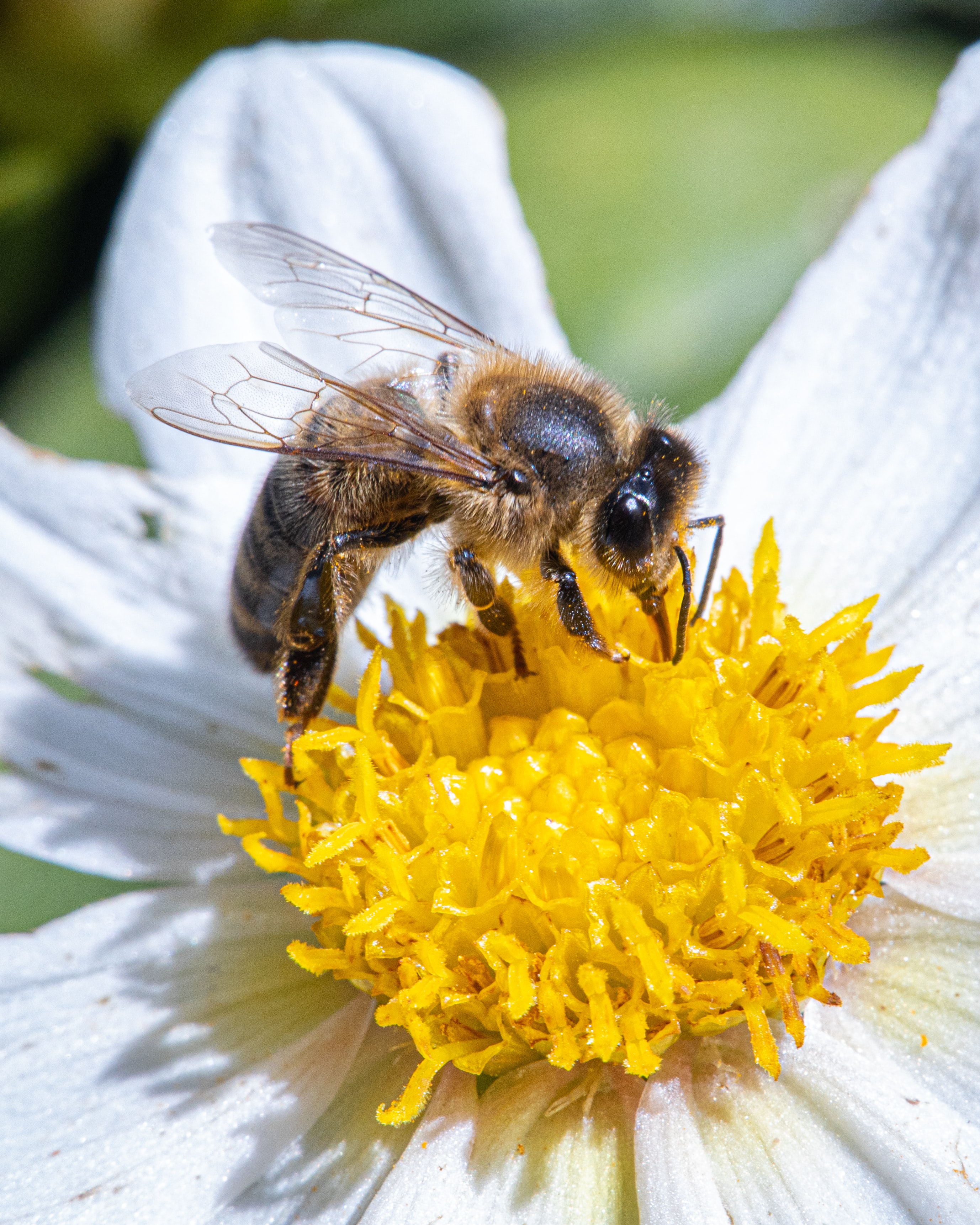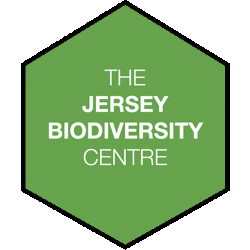Bee Spotting
Bee Spotting
When thinking about bees, the honey bee is the iconic bee species which comes to mind and the thought of bees is often followed by thoughts of nature, summer and picnics. However, there are over 20,000 bee species which are categorized into many different groups including; honey bees, bumblebees, mining bees and solitary bees. Bees belong to the Hymenoptera taxon order in the insecta class along with other familiar species including ants and wasps.
Bees are essential to a functioning ecosystem, being the most dominant taxonomic pollinators globally. Bees are responsible for the pollination of approximately 1/3 of the food we eat, emphasizing their importance to both global ecosystems and crop pollination. Research is highlighting the importance of bees beyond simply honey production and crop pollination, for example the contribution bees can make towards the united-nations sustainable development goals. Bee pollination increases crop yield and often the quality of many fruits and vegetables, consequently increasing shelf-life, providing food security. Similarly, bee pollination of oil seeds can increase yield, increasing biofuel production. In addition to direct pollination, certain bee species such as the western honey bee (Apis mellifera) can be used as an indicator species for environmental pollution. Ecosystems with a high bee diversity and abundance display considerably high biodiversity in response.
Many bee populations however are in decline and are considered at risk of extinction such as the moss carder bee (Bombus muscorum) which is categorized as ‘vulnerable’ to extinction by the (IUCN). There are many threats which are thought to be contributing to the decline of many bee populations including; urbanization, agricultural intensification, habitat loss, invasive species and parasites. Urbanization and agricultural intensification are the cause of significant habitat loss, reducing suitable habitat and many important plant species. Habitat loss is responsible for increases in isolated populations which is increasing inbreeding and reducing genetic diversity. Populations which experience reductions in genetic diversity are at an increased risk of extinction. Agricultural intensification is responsible for pesticide pollution which many bee species are particularly sensitive too, demonstrated by the ability to use bee species as indicators of environmental pollution. The varroa mite (varroa destructor) is a parasitic mite which can cause considerable declines in bee populations and is often introduced from cultivated western honey bee populations. Similarly, the Asian hornet (Vespa velutina) is an aggressive invasive predator of native insects including bees.
There is a lot we can do to support bees and help to stop their decline; plant bee friendly pollinator patches in your garden, put bee hotels in your garden and report Asian hornet sightings either via the ‘Asian hornet watch’ app or email the Asian hornet coordinator. For more information on Asian hornet identification and how to report sightings visit gov.je ‘Asian Hornet sightings, identification and reporting in Jersey, UK’.
Photo: Honey Bee

